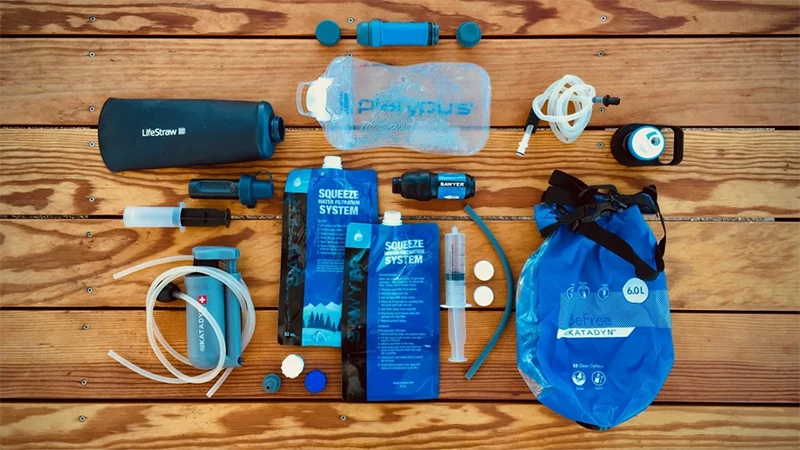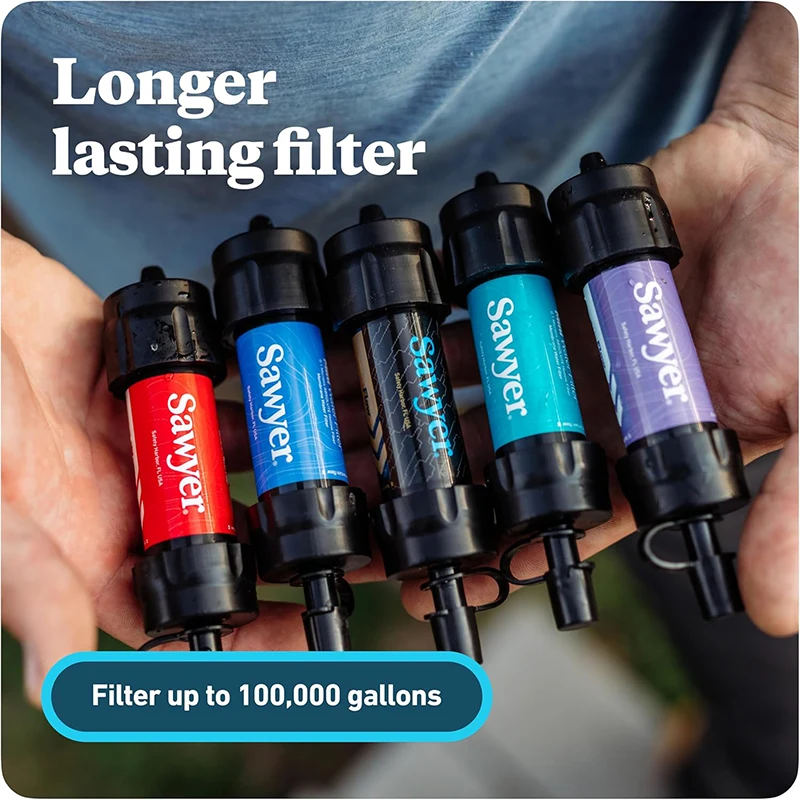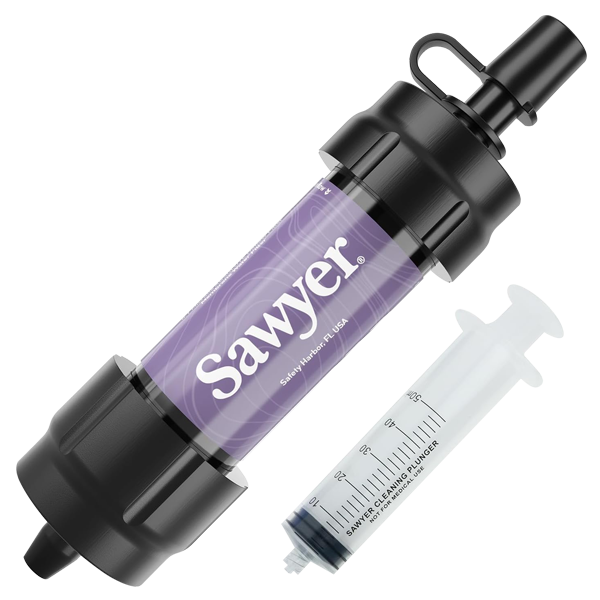

Ask the Experts: How to Protect Yourself Against Ticks In the Garden
Gardeners have learned to put on a brave face when it comes to ticks: If you want to spend your days outside, you’re likely to encounter some. But there is much you can do to protect yourself from these pesky critters, and most studies show that people who actively protect themselves are less likely to get bitten.
You may be tempted to call a service to have your yard “sprayed for ticks,” but those pesticides don’t just kill ticks: They also come with negative impacts to people, pets, and wildlife. The most commonly used pesticides for tick management, for example, are synthetic pyrethroids, which are toxic to bees and other beneficial insects. “These are used widely in urban environments and end up at high levels in urban and suburban watersheds, where they pose risks to aquatic organisms,” explains Emily May, a conservation biologist with the Xerces Society. And the organic ones? They’re not yet proven to be effective.
스쿼드에서
스쿼드 멤버와 앰배서더부터 브랜드 파트너와 소이어 팀에 이르기까지 다양한 커뮤니티와 캠프파이어 대화를 나눕니다.

















